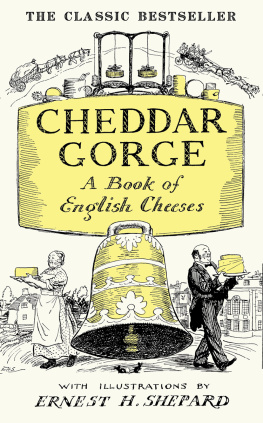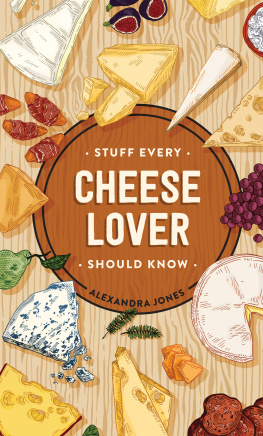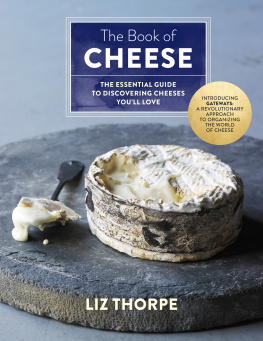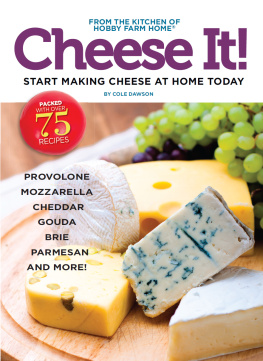HarperCollinsPublishers
1 London Bridge Street
London SE1 9GF
www.harpercollins.co.uk
First published by Collins 1937
This edition HarperCollinsPublishers 2018
FIRST EDITION
HarperCollinsPublishers Ltd 1937, 2018
Illustrations Ernest H. Shepard 1937, 2018
Cover layout design HarperCollinsPublishers 2018
A catalogue record of this book is available from the British Library
The author asserts the moral right to be identified as the author of this work
All rights reserved under International and Pan-American Copyright Conventions. By payment of the required fees, you have been granted the nonexclusive, non-transferable right to access and read the text of this e-book on screen. No part of this text may be reproduced, transmitted, downloaded, decompiled, reverse engineered, or stored in or introduced into any information storage retrieval system, in any form or by any means, whether electronic or mechanical, now known or hereinafter invented, without the express written permission of HarperCollins e-books.
Find out about HarperCollins and the environment at
www.harpercollins.co.uk/green
Source ISBN: 9780008314293
Ebook Edition October 2018 ISBN: 9780008314309
Version: 2018-09-03
Contents
Brethren, the writer calls you this because he hopes that you are cheese-minded like himself, but if not he hopes that he may call you brother-initiates.
Blessed are indeed the cheesemakers, and especially English cheesemakers. This classic and charming book, a timeless love letter to English cheeses originally published in 1937 but out of print since the 1940s was rediscovered in the HarperCollins archive in Glasgow earlier this year, enchanting everyone who has encountered it since.
The genesis for the original publication came from a correspondence in The Times in 1935, when a Frenchman declared he couldnt source any Stilton, drawing public attention to a gradual attrition of English cheesemaking by foreign invasion, and a general English ignorance and indifference to locally produced cheeses.
In response, Sir John Squire, a notable journalist of the time, and editor of The London Mercury, collected together a galaxy of talent, with the aim of making this one of the most delightful and entertaining gift books that has ever been published. Each distinguished contributor, including such notables as Vyvyan Holland, Ernest Oldmeadow, Andr Simon and Horace Vachell, was tasked with championing an individual cheese, setting forward their own passionate and compelling arguments in honour of the ten varieties, celebrating the differences and the delights of each type. They then visited the district concerned, learning in old farms and homesteads the secrets of quality and production, plundering literature and local lore, as well as setting forth the history and culture behind the taste, writing freshly and vividly of what they saw.
Through their explorations, the chequered beauties of the English landscape unfold. From the ribbed hills of Dorset (home of the rare Blue Vinny), through Berkeley Vale and Cheddar Gorge, to the rich pastures of Wensleydale in Yorkshire. Scotland, too, is featured with the Ayrshire plains where Dunlop cheese is made (nearly extinct at the time of original publication), as well as the ancient town of Caerphilly in Wales, and Ireland through the Irish cheeses, of which Dr Oliver Gogarty writes so well.
That the book is charmingly illustrated by E. H. Shepard, more especially known as the illustrator for Winnie-the-Pooh, is in itself a signpost to pleasure. It has been said that this book gave him material for some of his very best work. He also toured the countryside in search of local colour, returning with more information and anecdotes to add to the store already collected.
This captivating book is a treasure trove of wonderful and amusing anecdotes, including the tale of the monstrous cheese big enough to hold a thirteen-year-old inside, the Stilton that purred like a cat and the fact that early cheesemakers randomly hid gold coins inside wheels of cheese as a sales tool. And theres the famous cheesemaker in Manchester who used to select which Cheshire to sell based on where the mice had been nibbling as they were the best judges of a good cheese. Some Cheddars in the seventeenth century were the Birkin bags of their day so prized that they were bespoken by members of the court, long before they were even made. It also covers the specific impact that the invention of the bicycle had on the decline of Cheddar production, as labourers returned home for their meatloaf lunch rather than hole up on a roadside with a hunk of bread and cheese.
The contributors recommend appropriate accompaniments in food and wine, although it must be noted that of course bad cheese asks butter to eat with it; good cheese asks none. The book also sets out the recipe for the ultimate cheese on toast () so exciting, so radical, and so secret that it had to be created behind a screen when in company, with sham extra ingredients set on the table to befuddle any enquiring minds, so that the recipe couldnt be guessed or stolen and shared more widely.
When the book was first published, British cheeses were facing similar challenges to todays cheese market threats posed by soulless mass production and standardisation, as well as the impact of cheaper grazing on the quality of the final product. The small, the quiet, the local and traditional were being absorbed into the machine in pursuit of the rage for cheapness, and resulting in Cheddar that tasted of mild soap. The subsequent renaissance of English cheese-producing can in part be attributed to this intriguing books original publication, and the resultant public light it shed on many threatened British cheese-making traditions.
At the time, English cheese was without honour in its own country and amongst its own kin. Consequently, it is without honour abroad. If we dont celebrate it both at home and abroad it will cease to be. The world will be the poorer. Our entertainment to visitors will be feebler supply will only come from demand, and there will be no demand unless the public is stirred from its present apathy and brought to realise the mechanical monotony of its present diet. Now, cheese is bought by over 98 per cent of British households, and we consume around 700,000 tonnes of it a year at home, in restaurants and in processed food. Excluding fromage frais and cottage cheese, this is equivalent to about 10kg per person per year, or 27g per person per day.
We are truly a nation of cheese enthusiasts, now more than ever. There was no British cheese export market at the time of the original publication of Cheddar Gorge other than some Cheshire cheese. Fast forward eighty years, and the value of British cheese exports in 2017 has soared to 615 million, up 23 per cent on the previous year, according to HMRC data. There are in fact now more than 900 different kinds of cheese produced in the UK, outnumbering those produced in France. Its extraordinary to think that in 1937 our great local cheeses [were] dying. Literature by preserving the memory and giving the praise of good things, ends by becoming their saviour.
This fascinating book will certainly whet the appetite for British cheese, for that is ultimately what matters most, as, after all, the only way to learn about cheese is to eat it.
I
By Sir John Squire
This book arose out of a correspondence in The Times at the end of 1935 and the beginning of 1936. M. Th. Rousseau, a French connoisseur, wrote to complain that when he visited England he could not get Stilton the waiters said it was out of season. Many people wrote to explain that perhaps it was out of season, and that in most decent London restaurants Stilton, when in condition, could be obtained, if only after pressure. But the correspondence did attract attention to the neglect of English cheese generally, and to the gradual attrition of English cheeses by foreign invasion and native indifference and ignorance.







